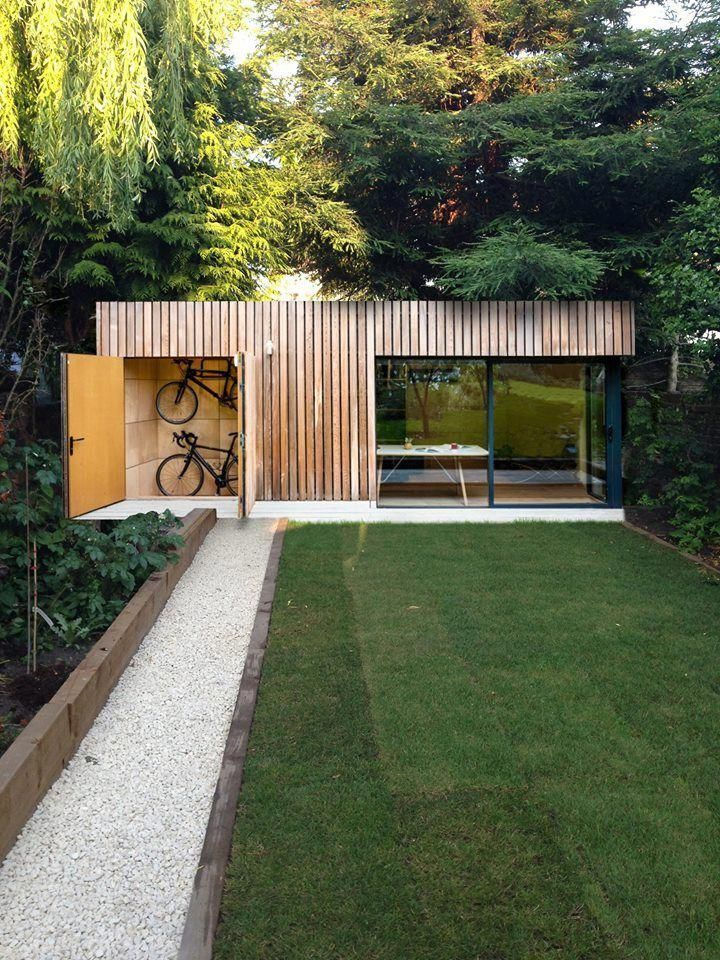How to Choose the Right Above-Ground Pool Pump For Your Needs
- Jenny Kakoudakis

- Jun 28
- 3 min read
Acting as the heart of your pool’s circulation system, the pump ensures water stays clean, filtered, and properly treated. But with so many models, specs, and features on the market, choosing the right pump can feel overwhelming.
Selecting the right pool pump is crucial for maintaining clean, safe, and energy-efficient swimming conditions. A well-chosen pump ensures optimal water circulation, effective filtration, and balanced chemical distribution.
Whether you're setting up a new pool or upgrading an old system, finding the perfect match is essential for performance, energy efficiency, and long-term value. Here you will explore the key factors to consider so you can confidently choose an above-ground pool pump that meets your needs, saves you money, and keeps your water sparkling all season long.

Understanding Above-Ground Swimming Pool Pump
The pool pump is the central part of your swimming pool's circulation system. Its primary function is to draw water from the pool, pass it through the filtration and heating systems, and return the clean, treated water back into the pool. This continuous cycle is essential for:
Filtration: Removing debris and contaminants from the water.
Chemical Distribution: Ensuring even distribution of chemicals throughout the pool.
Heating: Circulating water through heaters to maintain desired temperatures.
An appropriately sized and functioning above-ground pool pump maintains water clarity, prevents algae growth, and contributes to the overall health of the pool environment.
Factors in Selecting an Above-Ground Swimming Pool Pump
1. Pool Volume and Turnover Rate
Determining your pool's volume is the first step in selecting a suitable pump. The turnover rate refers to the time it takes for the pump to circulate the entire pool water volume through the filtration system. For bigger pools, a turnover rate of 4 to 6 hours is typically recommended. This calculation helps determine the necessary flow rate for your pump to ensure efficient water circulation.
2. Flow Rate and Head Loss
The flow rate, measured in litres per minute (LPM) or gallons per minute (GPM), indicates how much water the pump can move.
However, actual flow can be affected by head loss, which is the resistance encountered by water as it moves through the pool's plumbing system. Factors contributing to head loss include pipe length, diameter, bends, and the presence of additional equipment like heaters or chlorinators.
It's essential to consider both the desired flow rate and potential head loss to select a pump that can maintain adequate circulation under actual operating conditions.
3. Pump Horsepower (HP)
Horsepower determines the pump's power and its ability to overcome resistance in the system. While higher horsepower pumps can handle greater flow rates and head loss, they also consume more energy. Choosing a pump with the appropriate horsepower ensures efficient operation without unnecessary energy expenditure.
4. Pool Shape and Layout
Complex designs—like pools with curves, deep ends, attached spas, or water features—require more precise pump sizing. These features can increase resistance in the plumbing system.
For that, engaging with reputable pool builders in Albury provides access to expert advice on selecting the right pump and other equipment tailored to your specific pool design and usage patterns. Their expertise can help optimise energy efficiency, system longevity, and overall pool performance.
5. Compatibility with Pool Equipment
Ensure that the selected pump is compatible with existing pool equipment, including filters, heaters, and chlorinators. Mismatched equipment can lead to inefficient operation or damage. Consulting with a pool professional can help verify compatibility and optimal system performance.

Additional Considerations
Energy Efficiency: Selecting an energy-efficient pump not only reduces operational costs but also minimises environmental impact. Look for pumps with high-efficiency ratings and consider models that have earned energy certifications.
Noise Levels: Pump noise can be a concern, especially in residential areas. Variable-speed pumps often operate more quietly than single-speed models, enhancing the comfort of your outdoor space.
Maintenance Requirements: Consider the maintenance needs of different pump models. Some pumps offer features like easy-access strainer baskets and self-priming capabilities, simplifying routine maintenance tasks.
Conclusion
Choosing the right pool pump is a critical decision that impacts the cleanliness, safety, and efficiency of your swimming pool. By carefully evaluating factors such as pool volume, flow rate, head loss, horsepower, pool design, and energy efficiency, you can select a pump that meets your specific needs.
For those in Geelong, partnering with experienced pool builders ensures that your pool system is designed and installed with precision, providing peace of mind and long-term satisfaction.
Investing time and resources into selecting the appropriate pump and collaborating with professionals will contribute to a well-functioning, enjoyable pool for years to come.
Our writers like to blog about interiors. We launched the award-winning Seasons in Colour in 2015 and the luxury property and interior decor blog www.alltheprettyhomes.com in 2024 to cover all your interior design, travel and lifestyle inspiration needs.


